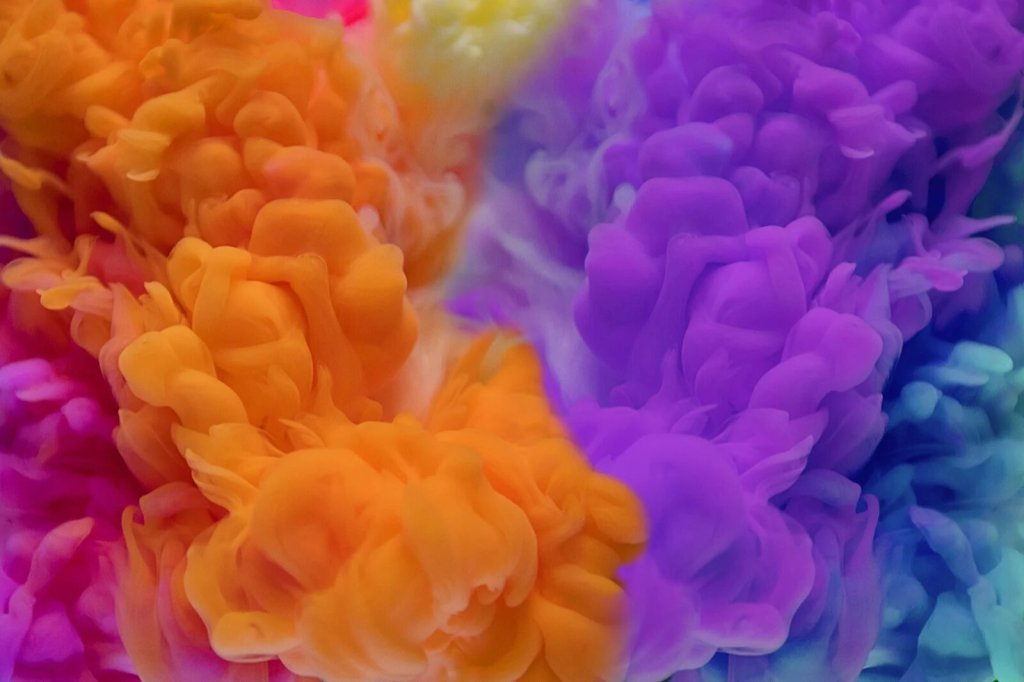Are you thinking about how many colors there are all around us? It might surprise you to learn that there are a whole bunch. Colors make the world a more exciting and beautiful place. Think about it: every time you see something like a flower, a car, or a favorite toy, it has a color.
Some colors are super common, like red, blue, and green. You see them every day. But there are colors you might not even know the names of, like magenta, cyan, or maroon.
So, we’ll find out how they are made, why they are important, and just how many of them there are worldwide.
So, catch up on these fantastic ideas of color below.
1. Are There Infinite Colors?
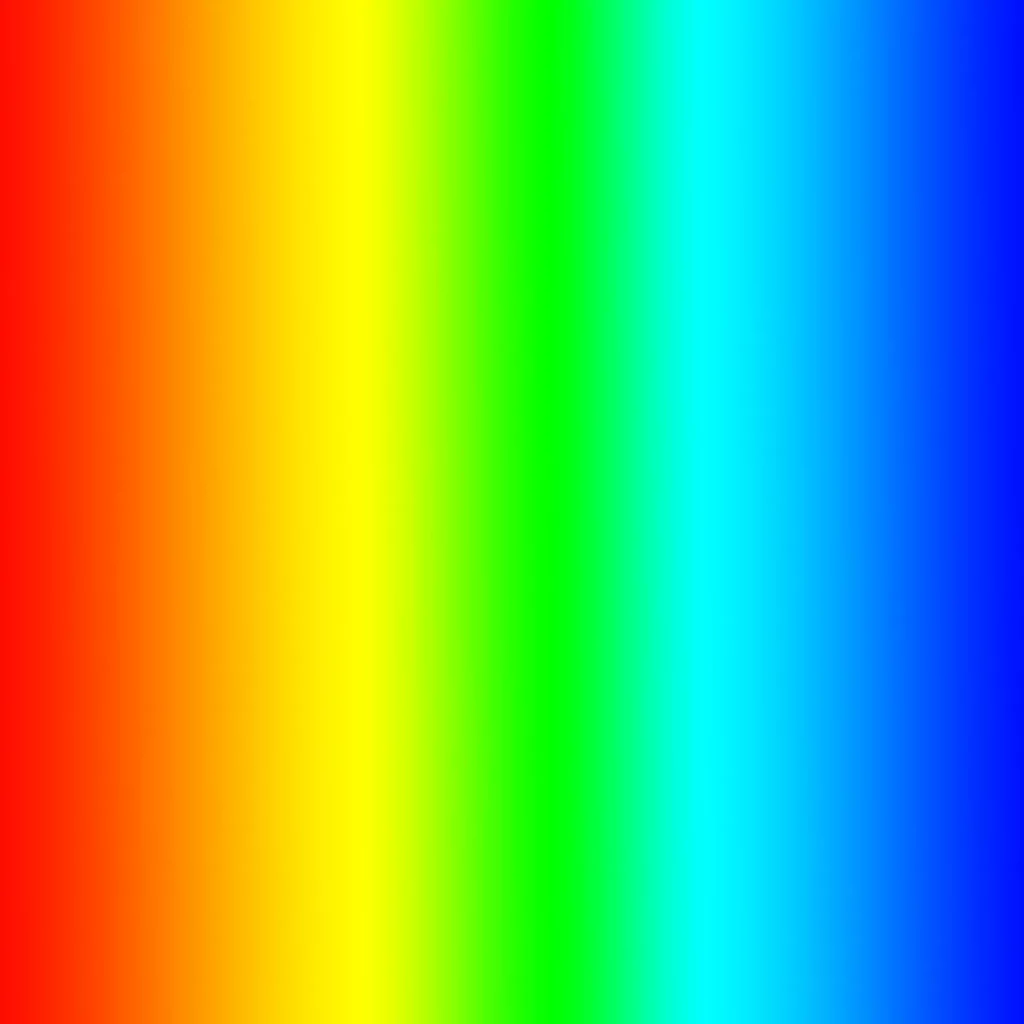
Colors are all around us, but there aren’t endless colors. We have many colors, but they come from only three: red, blue, and yellow. These three mix to make all the colors we know. So, there are lots of colors, but they’re not never-ending.
You might think, Can we get more colors? The answer is no because we blend the three main colors differently to create new ones. Think of you have paint. You have a big jar of red, a big jar of blue, and a big jar of yellow. Now, you can mix them. Red plus blue equals purple.
Blue and yellow make green, and red mixed with yellow makes orange. So, from just three, you make many.
2. The Science of Color

The colors, especially when creating dark shades in art, offer a compelling insight into the interplay between light and our perception. Our eyes and brains collaborate to translate light into the vibrant spectrum we see, including the mastery involved in blending hues to achieve deep, rich darks.
Light goes into our eyes, and little cells called cones help us see colors. Each cone likes certain colors. Scientists study this to learn how we see and name colors. They use things like color circles and machines to study colors. These tools help them understand more about all the pretty colors we can see.
Colors are a big part of our world, and learning about them is fun. Scientists do many experiments to figure out how colors work, and it’s cool to know that there’s so much science behind the colors we see every day.
3. 1640 Total Named Colors
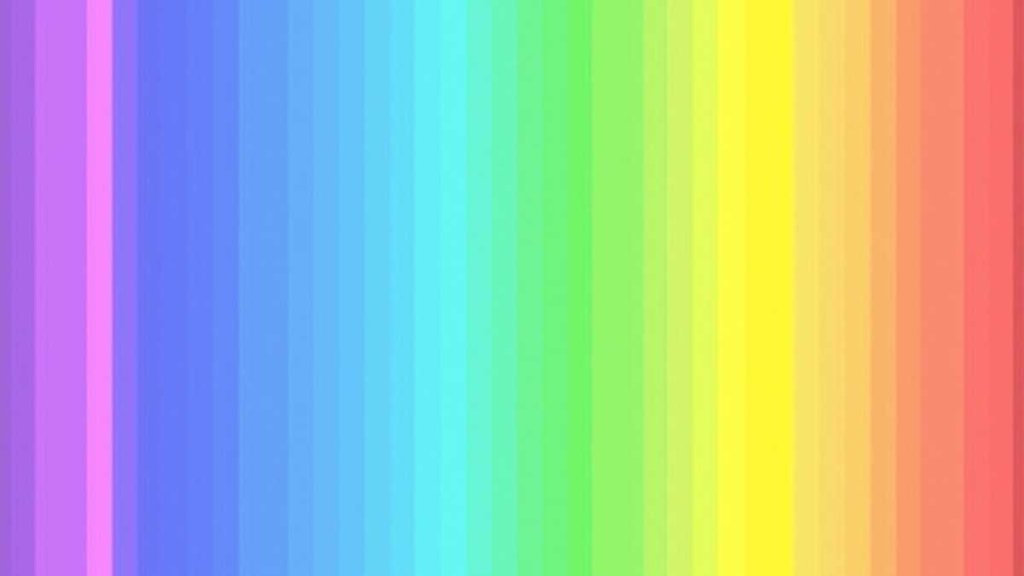
Many colors exist, and we have names for around 1640 of them. Some have simple names like red or green. Others have funny names like periwinkle or chartreuse. We name colors so we can talk about them easily. Think about if we didn’t have names for colors.
Describing things would be tough. That’s why we give names to the colors we see frequently. Colors are everywhere, making the world colorful and interesting. They help us recognize things and add beauty to our surroundings. The sky can be blue during the day and turn orange at sunset.
Flowers come in many different colors, like red roses and yellow daisies. Colors make our world more exciting and energetic, so let’s appreciate them.
4. Why There Can Never Be a Settled Answer
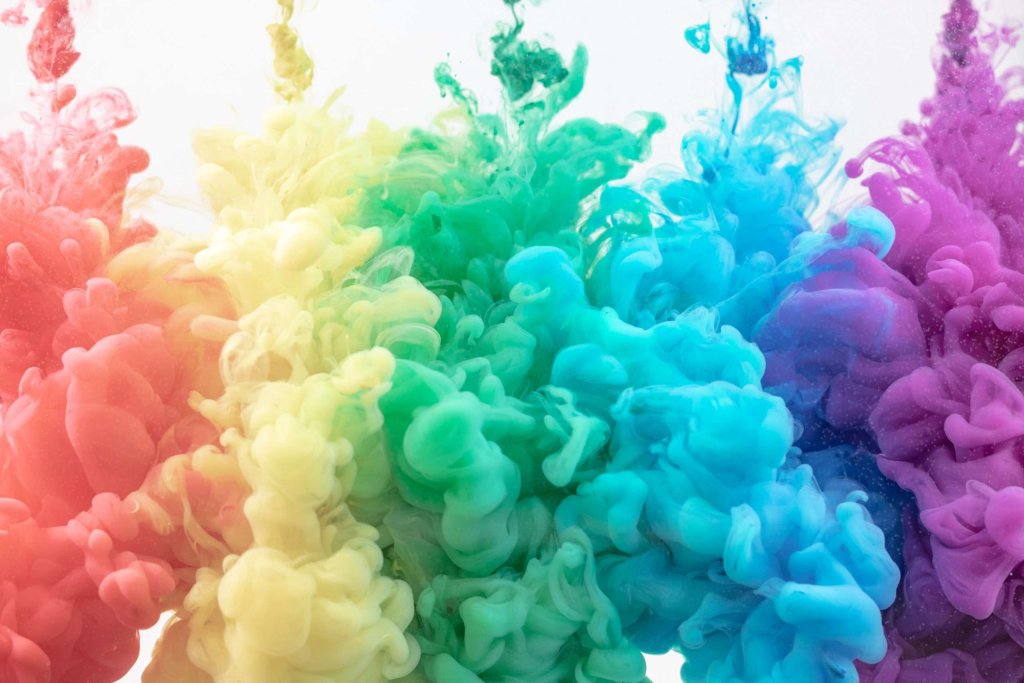
We can keep finding more colors because people like finding new ones. Think of this: you open your crayon box and find a new color. You’d want to give it a special name, wouldn’t you?
That’s how new colors happen. Scientists use tools like color wheels and special cameras to learn about colors. But because there are so many colors in the world, we might never know exactly how many there are. This is similar to a colorful trip that never stops.
So, don’t be surprised if you see a color you’ve never noticed. And the best part is that everyone can enjoy them, young or old. So, keep your eyes open, and you might find a new favorite color today.
5. Figuring Out How Many Colors There Are
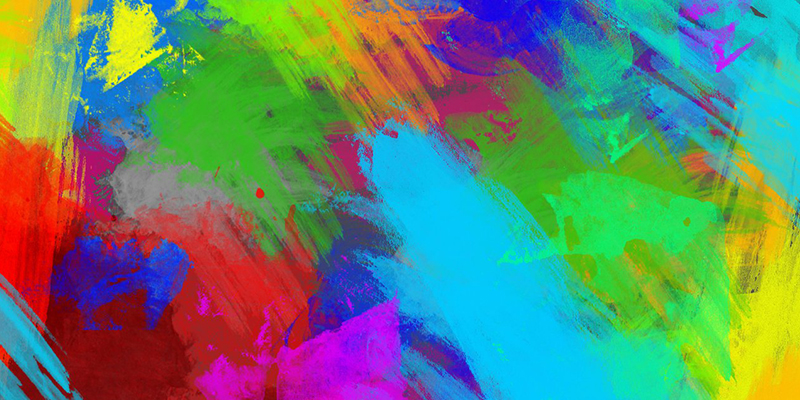
Scientists use special tools to figure out how many colors there are. These tools help them see and group colors. Think of having a giant box of crayons and wanting to organize them by their colors. They carefully examine colors and get to know everything about them.
It’s similar to being a detective, but instead of solving problems, they show the secrets of colors. These handy tools make the job easier for scientists so they can tell us more about the beautiful world of colors. Isn’t that fascinating?
Colors are all around us; thanks to these tools, we can understand them better.
6. Why We Give Names to Only a Few Colors
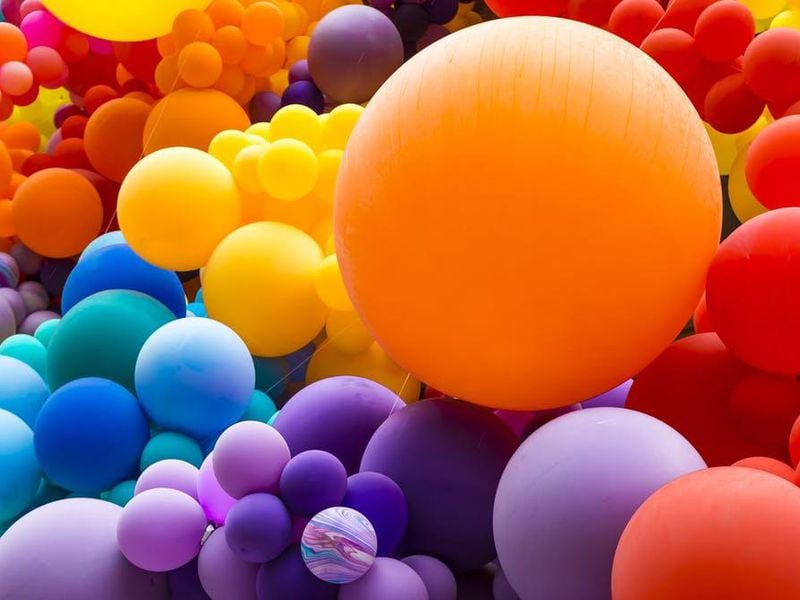
We don’t name every color we see. We only give names to the ones we use a lot. Think about a big box of crayons. You might only pick a few every day. You know these by name.
The rest, they’re just there. We name colors that matter to us. This makes it simpler to talk about them. It’s kind of like having a club for your favorite colors. This club is just for the colors you love. This is similar to having your special group for your top picks.
So, don’t worry about all those other colors. Just focus on the ones you like. They’re the ones that get special names and attention.
Conclusion
There are countless colors in the world. We see colors every day, like red, blue, and green. But if we look closely, there are many shades of these colors. Think of all the colors you can find in nature, like the leaves on trees or the colors of the sky during a sunrise.
There are also man-made colors, like the ones we use to paint our houses or the colors on our clothes. Scientists tell us that there are millions of colors, and they even have fancy names for some of them. But you don’t need to remember all those names.
So, only think about colors that are important to us to make our lives beautiful and interesting.

